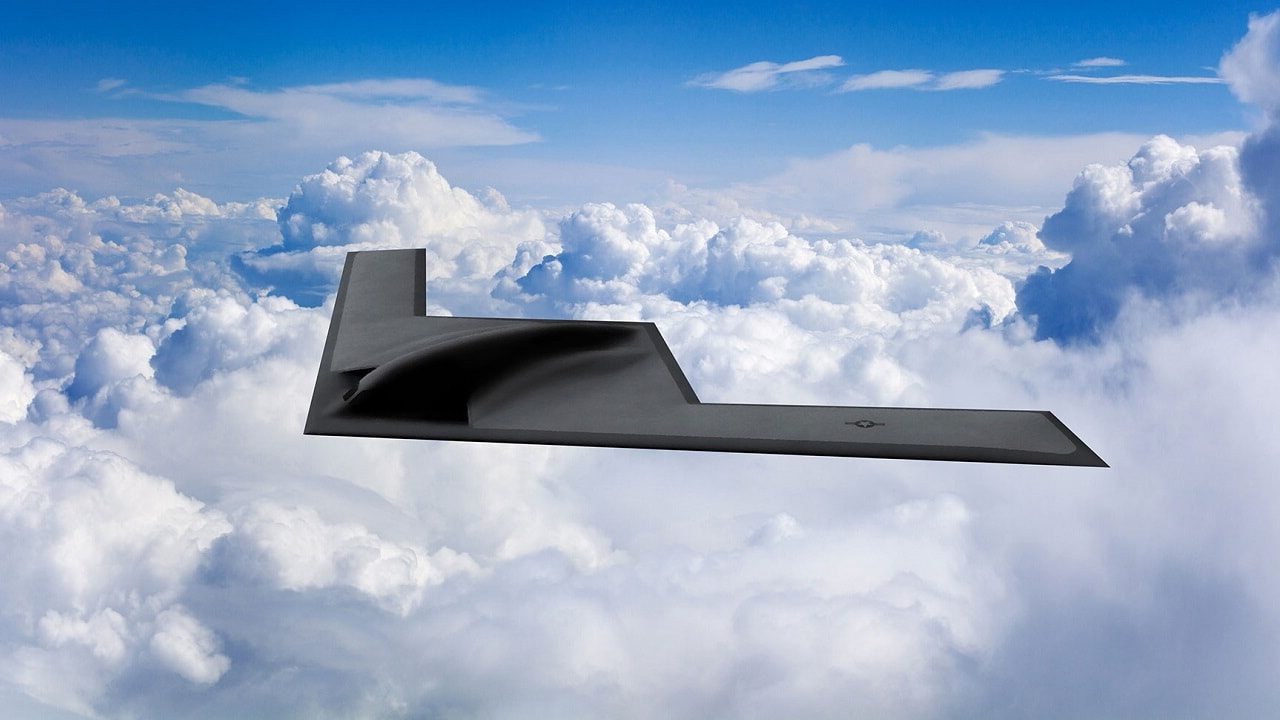The Air Force officially plans for roughly 100 new stealthy B-21 Raider bombers, yet for many years now, service leaders, experts, and observers have called for more than 200 of the new bombers.
Could the Air Force be in a situation where they don’t get enough B-21 bombers?
What could that mean for the state of great power competition with Russia and China?
B-21: Too Few for the Air Force?
Many senior Air Force officials have for years maintained that the service’s bomber fleet has been far too small and old to meet the demands of today’s threat environment.
The B-1B and B-2 bombers are already several decades old, and the B-2 bomber effort was truncated early at only 20 aircraft, so there is much evidence to suggest that indeed the Air Force has been suffering a bomber “deficit” for many years.
The B-21 will be the first new bomber to arrive since the end of the Cold War, and although both the B-2 and B1-B continue to receive massive upgrades, there is still a pressing need for a new platform.
While legacy platforms can remain viable and highly effective for years or even decades beyond their expected service lives, there are of course limits to just how much a 1980s-era platform can be upgraded.
For quite some time, the Air Force has needed a new bomber, and the B-21 is intended to fill this role for decades into the future.
Taking Flight
The need for the B-21 has long been established, as evidenced by comments from a former Air Force Global Strike Command commander as far back as 2018. Gen. Robin Rand, who commanded the unit at that time, expressed concern about the massive drop in the service’s bomber fleet size since the Gulf War.
“At the end of Desert Storm in 1991 we had 290 total bombers. Today that force has dropped to 157 bombers … That is a 46 percent decrease in our bomber force while we have conducted continuous combat operations,” Rand said in a 2018 Air Force statement.
Rand and other Air Force leaders have for many years now said the service’s existing bomber fleet is insufficient to meet the mission requirements and address emerging threats. Will the Pentagon ultimately stick with the 100 aircraft fleet size goal? Or is the requirement destined to increase? It would not be at all surprising if the fleet requirements were massively expanded in the coming years.
Need for New Stealth
From a purely threat-driven perspective, there does appear to be a pressing or even urgent need for the B-21. The B-2 continues to be massively upgraded with a 1,000-fold faster computer processor, Defensive Management System sensors to locate enemy air defenses, and the ability to drop the new B-61 mod 12 nuclear bomb.
However, advanced Russian and Chinese air defenses may be capable of potentially tracking “stealth” to some extent, and the B-21 is reported to introduce new, paradigm-changing developments in the realm of stealth technology. The aircraft is mysterious and not much is known about its technology for obvious security reasons, yet an ability to elude cutting-edge surveillance and engagement or targeting radar is clearly needed.
Regardless, the B-21 is here and the test aircraft unveiled in December of 2022 is reported to be one of six currently under production. A published Air Force report following the unveiling said each of the test aircraft is “being built on the same production line, using the same tools, processes, and technicians who will build production aircraft.
This approach has enabled production engineers and technicians to capture lessons learned and apply them directly to follow-on aircraft, driving home a focus on repeatability, producibility and quality.”
The current global threat environment arguably presents a circumstance requiring a large bomber force capable of holding multiple areas around the world at risk as needed to ensure deterrence.
MORE: Is Russia’s Su-57 Felon Stealth Fighter a Total Bust?
MORE: Merkova: Israel Has A Super Tank
Kris Osborn is the Military Affairs Editor of 19FortyFive and President of Warrior Maven – Center for Military Modernization. Osborn previously served at the Pentagon as a Highly Qualified Expert with the Office of the Assistant Secretary of the Army—Acquisition, Logistics & Technology. Osborn has also worked as an anchor and on-air military specialist at national TV networks. He has appeared as a guest military expert on Fox News, MSNBC, The Military Channel, and The History Channel. He also has a Masters Degree in Comparative Literature from Columbia University.

